Sakura's Split Persona: Exploring the Cultural Clash Behind a Controversial Anime Heroine

Sakura Haruno is a character who perfectly embodies the phrase, "You either love her or you hate her." Her portrayal in the anime "Naruto" has stirred a maelstrom of contrasting opinions, sharply dividing fans across cultural boundaries.
While Western audiences often criticize her for a myriad of flaws, fans in Japan seem to hold her in high regard. But why this stark difference? Let's dive into the enigma of Sakura Haruno.
The Western Critique
If you've scrolled through any Western anime forum, you probably noticed a trend: a lot of fans can't stand Sakura. The reasons vary, but three criticisms tend to dominate the conversation.
Perceived Weaknesses
Many argue that Sakura doesn't pull her weight in battles, particularly in the early seasons. She's often seen relying on her stronger male teammates, Naruto and Sasuke.
Critics argue that she swings between wanting to be independent and relying on others, creating an inconsistent character arc that makes her seem helpless (Source: GameRant).
Toxic Behavior
Sakura's behavior toward Naruto also draws flak. Her constant berating and physical abuse of him is seen as toxic and unwarranted.
And then there's her over-the-top obsession with Sasuke, which many find exasperating since it persists even when Sasuke treats her and everyone else poorly (Source: CBR).
Unfulfilled Potential
Lastly, critics point out that Sakura's character doesn't live up to her potential. Despite being one of the few medically trained ninjas, her abilities and character development are often overshadowed by the series' leading men.
Fans feel that she has all the tools to develop into an impactful character but rarely does so (Source: Quora).
The Japanese Perspective
Across the Pacific, the outlook on Sakura is quite different. Japanese fans tend to view her through a lens that Western audiences might not fully understand.
Symbolism and Relatability
Sakura's name and appearance resonate deeply with Japanese culture. Her name literally translates to "cherry blossom," a flower imbued with meanings of beauty, resilience, and the fleeting nature of life.
This symbolism isn't just poetic; it adds another layer to Sakura's character that resonates with fans (Source: Japan Travel).
Cultural Archetypes
Japanese audiences appreciate Sakura's character archetype—a strong yet flawed young woman navigating complex relationships and personal growth.
Characters like Sakura are relatively common in Japanese media. It's a type that many Japanese fans find relatable and endearing (Source: Reddit).
Untranslated Nuances
Additionally, some character nuances get lost in translation. In the original manga and animations, subtle traits and developments make Sakura a richer character.
These details often don't translate well, leading Western audiences to miss out on the depth that Japanese fans so admire (Source: Reddit).
The Cultural Clash
The differing perspectives on Sakura Haruno are reflective of broader cultural differences in storytelling and character appreciation.
Storytelling Styles
Western and Japanese narratives often operate under different storytelling paradigms. Western stories tend to favor external action and clear hero arcs, while Japanese stories can be more introspective, focusing on internal conflicts and emotional subtleties. This difference plays a significant role in how characters like Sakura are perceived.
Influence of Localization
Translation and localization also play crucial roles. The nuances of dialogue, cultural references, and character development can be lost or altered, shaping a different character perception in Western minds.
Cultural Values
Lastly, societal norms and cultural values affect what audiences expect from characters. While Western fans might prioritize individual independence and overt heroism, Japanese fans may value harmony, inner growth, and emotional complexity.
Conclusion
Ultimately, Sakura Haruno's polarized reception highlights the importance of cultural context in character analysis. While it's easy to cast judgment based on one's cultural lens, taking a step back to understand the other side can offer a richer perspective. Whether you find her endearing or annoying, Sakura remains an integral part of the Naruto saga, bridging cultures and sparking conversations. ```
Western Perspectives: Unpacking the Criticisms
It's no secret that Sakura Haruno often gets flak for being the perceived weak link in the formidable lineup of Team 7. Western fans seem to wield this criticism with ninja-like precision, pointing to Sakura’s early reliance on others during missions.
As a genin, Sakura's focus on book smarts over combat skills often left her playing catch-up in the shinobi world. This is highlighted by her own admission of feeling inadequate when compared to her teammates, Sasuke and Naruto, who were practically born to shine on battlefields. Source: Naruto Fandom.
Yet, dismissing Sakura as merely weak ignores her later achievements. She evolves significantly, showing remarkable fighting skills and even earning the title of the strongest kunoichi.
Sakura can devastate a battlefield with her chakra-enhanced strength, a feat impressive enough to turn heads, even if it’s often overlooked for the meme. Source: CBR.
Toxic Behavior Towards Naruto and Obsession with Sasuke
Ah, the controversial love triangle! At its start, Sakura’s obsession with Sasuke and indifferent behavior towards Naruto felt like an earthquake of teen hormones, shaking up many story arcs. Her initial crush on Sasuke, based solely on his looks and prowess, makes her appear shallow and, to some, even vapid.
Western audiences criticize her for being infatuated with someone who tried to kill her—a love story straight out of a dysfunctional fairy tale. Source: Screenrant. Then there's the issue with Naruto.
Sakura’s interactions with him are often seen as dismissive and, at times, outright toxic. Some fans point out that she never truly appreciated Naruto’s efforts or showed him genuine affection, merely treating their relationship as comic relief for most of the series. Source: Quora.
Failure to Capitalize on Her Talents and Character Growth
Despite her strengths, Sakura's character development—or perceived lack thereof—draws significant ire. Early in the series, she’s primarily defined by her infatuation with Sasuke, casting a shadow over her ninja ambitions.
Critics argue that while her teammates experienced profound arcs, Sakura’s progression often feels stunted and superficial. Source: Sportskeeda. While she showed immense potential, notably when she trained under Tsunade to become a top-tier medical ninja, many believe the story failed to allow her personality to evolve beyond her early insecurities.
Her character is often accused of not truly capitalizing on her myriad talents. She has the tools to be great, yet she rarely steps out of the narrative's assigned box of teenage angst and romantic follies. Source: Quora.
An Overlooked Hero?
So, why the hate? To be honest, it’s complicated. On one hand, Western audiences often want clear, linear character development and decisive actions. Sakura’s multifaceted growth and the layers of her personality can appear muddled or inconsistent.
That said, if we dig deeper, we can see that Sakura Haruno may not be the weakest link but, rather, a character deserving of a more nuanced examination. Isn't that complexity part of what makes the story of "Naruto" compelling? Source: Quora.
Having explored these criticisms, we’ll move on to understand why Sakura receives a warmer reception in Japan. Spoiler alert: it's all about the cultural context!
Japanese Cultural Context: Understanding the Appeal
Sakura's Name and Appearance: A Deep-Rooted Symbolism
Sakura Haruno's very name is rooted in Japanese culture, evoking the cherry blossoms that symbolize both the beauty and ephemerality of life. This symbolism is deeply embedded in the Japanese consciousness.
As the national flower of Japan, cherry blossoms, or "sakura" herald the beginning of spring, representing renewal and optimism. The delicate blooms last only about ten days, underscoring the fleeting nature of life itself.
These blossoms reflect a core tenet of Japanese philosophy, wabi-sabi, which finds beauty in impermanence and imperfection (Source: JAL Guide).
Appreciation for Her Character Archetype and Development
Sakura Haruno fits snugly into the "tsundere" archetype popular in Japanese media. Initially displaying a quick temper and seeming aloofness, tsundere characters gradually reveal a softer, more compassionate side.
Over the course of the "Naruto" series, Sakura evolves from an immature schoolgirl into a capable, compassionate, and tenacious hero. Such character growth is a staple in many Japanese narratives, resonating deeply with local audiences who appreciate the journey and transformation characters undergo.
Furthermore, Sakura's development is nuanced, reflecting both personal and professional growth. From training under Tsunade to assuming crucial roles in battles, Sakura's journey is one of perseverance and resilience.
Japanese fans value these qualities and view her evolution as a testament to the human spirit's tenacity and capacity for change (Source: Character Tour).
Connection to the Manga's Original, Untranslated Portrayal
For many Japanese fans, the original manga portrayal of Sakura Haruno is essential to their understanding and appreciation of her character. Manga and anime often maintain a high degree of cultural specificity, which can be diluted or misinterpreted during the translation and localization process for Western audiences.
Japanese readers experience Sakura in her truest form, without the alteration of character dynamics, dialogues, and cultural references that often occur in translations. Moreover, the manga's artistry, including its visual and literary storytelling techniques, is steeped in Japanese culture.
The subtleties, from conversational nuances to the symbolic implications of her name and actions, resonate more profoundly with those familiar with the original context.
This faithful representation allows Japanese audiences to connect with Sakura on a level that can sometimes be lost in translation (Source: Sakuraco Blog).
Closing Thoughts
Understanding Sakura Haruno's appeal within the Japanese cultural context reveals the profound depth and intention behind her character. Her name, resembling the symbolic cherry blossoms, her character archetype's alignment with beloved tropes, and the cultural specificity embedded in her manga portrayal, all contribute to her commendation in Japan.
Through this lens, the criticisms often cited by Western fans might seem to overlook the intricate layers that make Sakura Haruno a cherished character in Japanese culture.
When viewed through the prism of cultural context, it's clear why Sakura continues to captivate and inspire audiences in her native land.
The Divide: Exploring Cultural Differences in Storytelling
Choosing the Hero: From Lone Wolves to Tight-Knit Groups
Ah, the quintessential hero. Western narratives often zero in on a single protagonist—a brave soul wrestling against a defined adversary to save the day. Think Harry Potter, Frodo Baggins, or even Batman.
The focus is sharp and individualistic, representing Western preferences for stories where personal triumph takes center stage. This hero is your classic "chosen one," embodying personal growth and overcoming near-impossible odds.
Now, flip the script to the East, specifically Japanese anime. Here, the star of the show is often not just a lone hero but a collective unit, or "Nakama." Series like "Naruto," "One Piece," and "Fairy Tail" aren't solely about the protagonist but focus extensively on camaraderie and team dynamics.
Everyone contributes to the grand narrative, accentuating the importance of community over individualism. Source: Atlantis Press
Nuances in Cultural Sensibilities and Character Arcs
Eastern narratives revel in the art of subtlety and inconsistency, often portraying characters with intricate, conflicting emotions.
A character might be loving one moment and harsh the next, offering a complex view that doesn't necessitate resolution. This approach enriches the character tapestry, allowing room for growth and change without a need for closure. Source: Novel Software
Contrast that with Western storytelling's penchant for clean arcs and decisive character journeys. Characters are typically written to fit clear molds: the hero, the villain, and the mentor. Each of their paths involves a linear progression, aiming for growth that culminates in a definitive transformation.
To Western audiences, this makes the story digestible and satisfying.
The Impact of Translation: Lost in Localization
Translation is more than word-for-word conversion; it’s cultural interpretation. When an anime gets translated for Western audiences, nuances—cultural, emotional, and contextual—often get lost or altered.
This leads to shifts in character perception, especially for characters like Sakura Haruno. Source: Antdatagain
Localization tries to adapt the material to suit the target audience's expectations, sometimes resulting in lost essence and even stereotyped portrayals. What seems like sensible, heartfelt dialogue in Japanese can come off as insipid or out-of-character in English.
Media's Role in Shaping Expectations
Media shapes cultural norms and values intricately. Western media often promotes individualism, competitiveness, and the triumph of the lone hero. This shapes audiences to expect these themes in their narratives, affecting how they perceive foreign media.
Japan, however, values group harmony and collective effort. Anime reflects these societal norms, emphasizing the power dynamics within groups.Source: Libre Texts
Humans handily absorb cultural subtleties from media, whether it's social values, hero archetypes, or even interpersonal dynamics. It becomes evident why characters like Sakura, who fit better within the context of Eastern storytelling standards and cultural expectations, might receive mixed reactions globally.
Wrapping it Up
Understanding the cultural divide gives us a richer, more nuanced appreciation of characters like Sakura. Western and Eastern storytelling traditions serve as lenses through which we view and critique media, affecting our perceptions.
The translation isn't just linguistic but also cultural, meaning the same story can evoke disparate responses globally.
Ultimately, our cultural contexts shape our media consumption and expectations, leading to the diverse—and sometimes conflicting—views we hold. As we explore these differences, we learn to value the unique facets that each culture brings to storytelling.
Reconciling the Perspectives: A Balanced View
Acknowledging the Merits and Flaws
Sakura Haruno, the quintessential cherry blossom of the "Naruto" universe, is a character riddled with complexities. Whether loved or loathed, it’s crucial to appreciate both her strengths and shortcomings from a balanced viewpoint.
On one hand, Sakura demonstrates unwavering loyalty and intelligence. Her quick thinking in crises and willingness to sacrifice herself for friends is laudable Source: Charactour.
Yet, her perceived weaknesses in battle and toxic obsession with Sasuke can’t be glossed over. This duality is what makes her a topic of intense debate among fans across the globe.
The Importance of Cultural Context
Understanding Sakura fully necessitates a deep dive into the cultural nuances that shaped her character. Japanese fans often see things Western fans might miss, like her alignment with traditional Japanese values.
Anime characters are frequently crafted to mirror cultural ideals like respect, hard work, and loyalty Source: Linked In. Sakura embodies these qualities, albeit inconsistently, which may explain her fluctuating reception.
Her name and appearance, for instance, resonate deeply within Japanese contexts, symbolizing hope, renewal, and the philosophy of wabi-sabi Source: Japan Travel.
Appreciating the Diversity of Opinions
Anime, like any form of storytelling, is open to myriad interpretations. The diverging opinions regarding Sakura highlight the beauty of a global fandom. Western fans often struggle with what they perceive as her toxic traits and inconsistent growth Source: CBR.
Conversely, Japanese fans might appreciate her subtle character development and symbolic significance more deeply Source: Superprof. A balanced view means celebrating this diversity.
Sure, Sakura may be frustrated, but she also offers moments of bravery and kindness that resonate, especially when considering her growth from a one-dimensional comic relief to a layered character. Her duality invites debate, fostering a richer, more vibrant fan experience.
Conclusion: Embracing Complexity
Ultimately, reconciling the Western and Japanese perspectives on Sakura Haruno means embracing complexity. Yes, she has flaws, but she also symbolizes resilience, loyalty, and cultural depth.
Her character may not meet everyone's standards, but that’s what makes her an intriguing subject of conversation. So, why not enjoy the lively debates Sakura inspires?
In the end, it’s the diverse opinions that enliven fandoms, providing endless layers to explore, dissect, and appreciate. ```
Why the Japanese Perspective Wins Over
The Context Behind Creative Intent
Let's kick things off with an essential truth: Sakura Haruno is a creation of Masashi Kishimoto, a Japanese author writing primarily for a Japanese audience. This context is pivotal as it dictates the lens through which Sakura's character should ideally be judged.
When a character is shaped by and for a particular cultural setting, it’s only natural that the local audience, steeped in that culture, would grasp the nuances better. For instance, Sakura's character traits—like her initial immaturity and eventual growth—are emblematic of the Japanese literary and cultural trope of the "everyman" or "everywoman" elevated through adversity.
This progression aligns with traditional Japanese narratives that highlight personal growth over time rather than serving immediate wish fulfillment. Basically, Sakura is more relatable to a Japanese audience because she reflects the cultural themes of resilience and gradual self-improvement.
This understanding is key to why Japanese fans hold a favorable view of her. Source: Medium
Lost in Translation: The Pitfalls of Localization
Now, let's talk turkey about the strokes of localization—sometimes turning the Mona Lisa into a caricature. Translation isn't just about converting words from one language to another; it's about conveying the same story essence. Some things just don't map well across languages and cultures.
Words, idioms, and cultural nuances often get smothered in translation, leading to a skewed perception. For instance, in the dub versions of anime like "Cardcaptor Sakura," the character's distinct personalities and cultural attributes were altered to fit Western norms.
This adjustment extended beyond mere name changes to full-blown personality overhauls Source: Actar. Similarly, when "Naruto" made its journey across continents, Sakura’s character didn’t escape the proverbial butchering knife of localization.
In cutting and tweaking her dialogues and actions to suit Western tastes, much of her complexity and likeability was lost. Japanese fans, seeing her in her unadulterated form, find a connection that Western viewers might miss out on.
Cultural Values: The Aesthetic and Symbolic Resonance
Another compelling argument in favor of the Japanese perspective is the cultural values embedded in Sakura herself. Her very name, "Sakura," resonates deeply with Japanese culture, symbolizing cherry blossoms that embody the spirit of wabi-sabi—a philosophy centered on the beauty of imperfection and the transience of life Source: Japan Travel. Such a name instantly endears her to the Japanese audience as it evokes a sense of national and cultural pride. Sakura's aesthetic—including her pink hair—aligns with the visual storytelling traditions in Japan, where the symbolism often overshadows the mere physical attributes. In this context, she's not just a character; she's an emblematic figure representing broader cultural ideals. The Western critique often overlooks these subtleties, focusing instead on more surface-level attributes Source: Medium.
Embracing Dualities: The Need for Global Cultural Literacy
In the grand tapestry of global storytelling, it’s essential to appreciate that no single perspective can offer a definitive interpretation. While Japanese fans understand Sakura through the lens of their culture, Western audiences bring their cultural baggage into the viewing experience.
It's not about whose view is "better"; it's about understanding why these views differ and appreciating the rich, diverse tapestries that cultures weave around characters. Indeed, as the localization hiccups and cultural dissonances reveal, opinionated chasms are often born out of misunderstanding rather than genuine faults with the character.
Therefore, celebrating the diversity of interpretations enriches the larger narrative of global storytelling, allowing us to get closer to a multifaceted understanding of beloved characters like Sakura. In conclusion terms, the Japanese perspective wins over because it aligns closely with the original intent and cultural context within which Sakura was birthed.
Yet, this doesn't render Western perceptions invalid; it simply underscores the importance of cultural literacy in global media. So here’s to both camps—each bringing something integral to the table. References:
Conclusion
In the grand arena of anime fandom, Sakura Haruno stands as both a beloved blossom and a beleaguered battler, juggling the dualities of cultural interpretation with the finesse of a kunoichi.
While some see her as the embodiment of resilience, others might peg her as a symbol of growing pains in both character and fandom. Indeed, if Sakura were an academic subject, she'd probably require dual degrees in cultural studies and localization!
Whether you're a Sakura sympathizer or a critic, one thing's clear: she keeps us talking—and that's the true power of her narrative jutsu. So, here's to Sakura, the cherry blossom who refuses to wilt, bridging cultures and sparking debates, all while staying true to her nuanced, multifaceted self.
And in the end, isn't that complexity what keeps us all captivated?













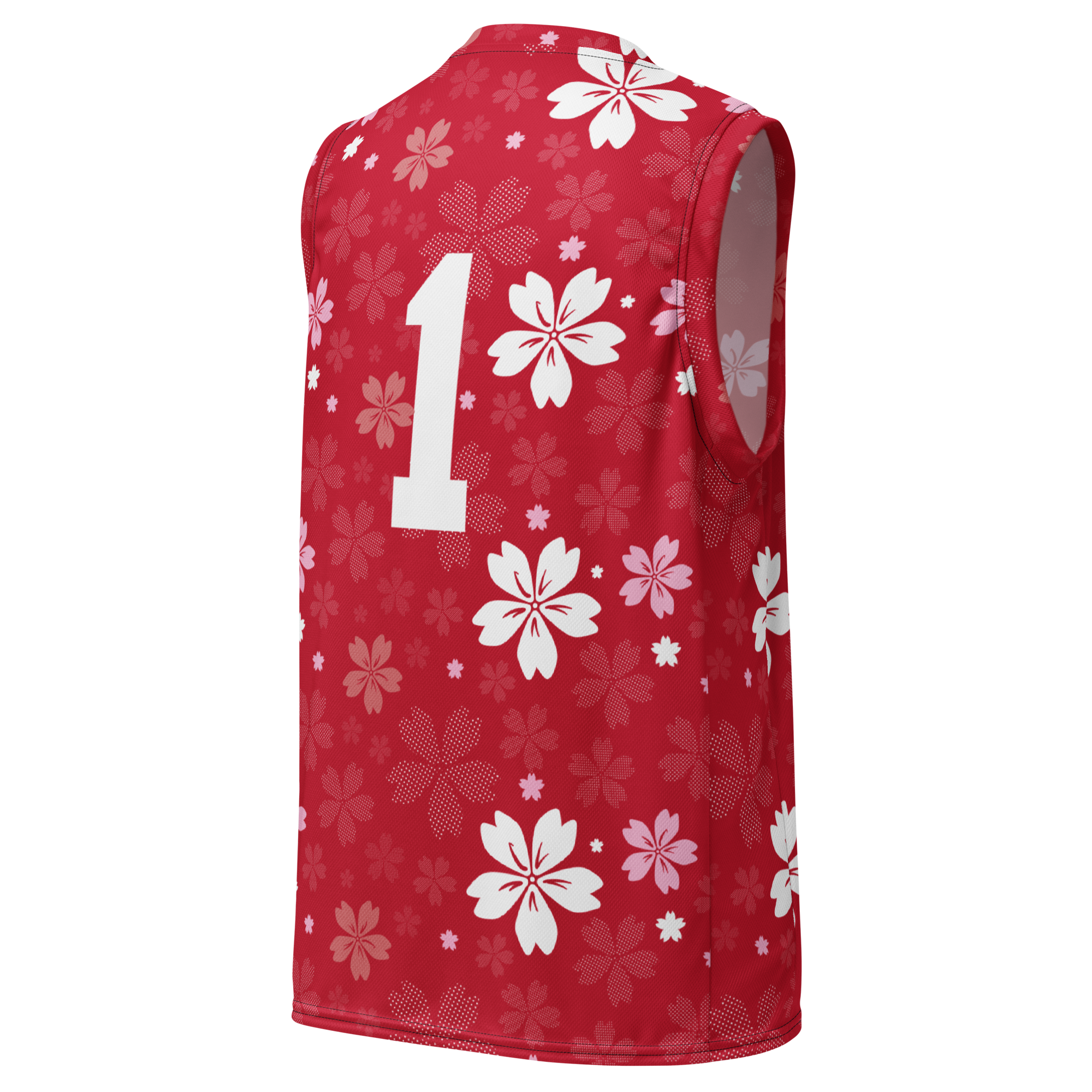




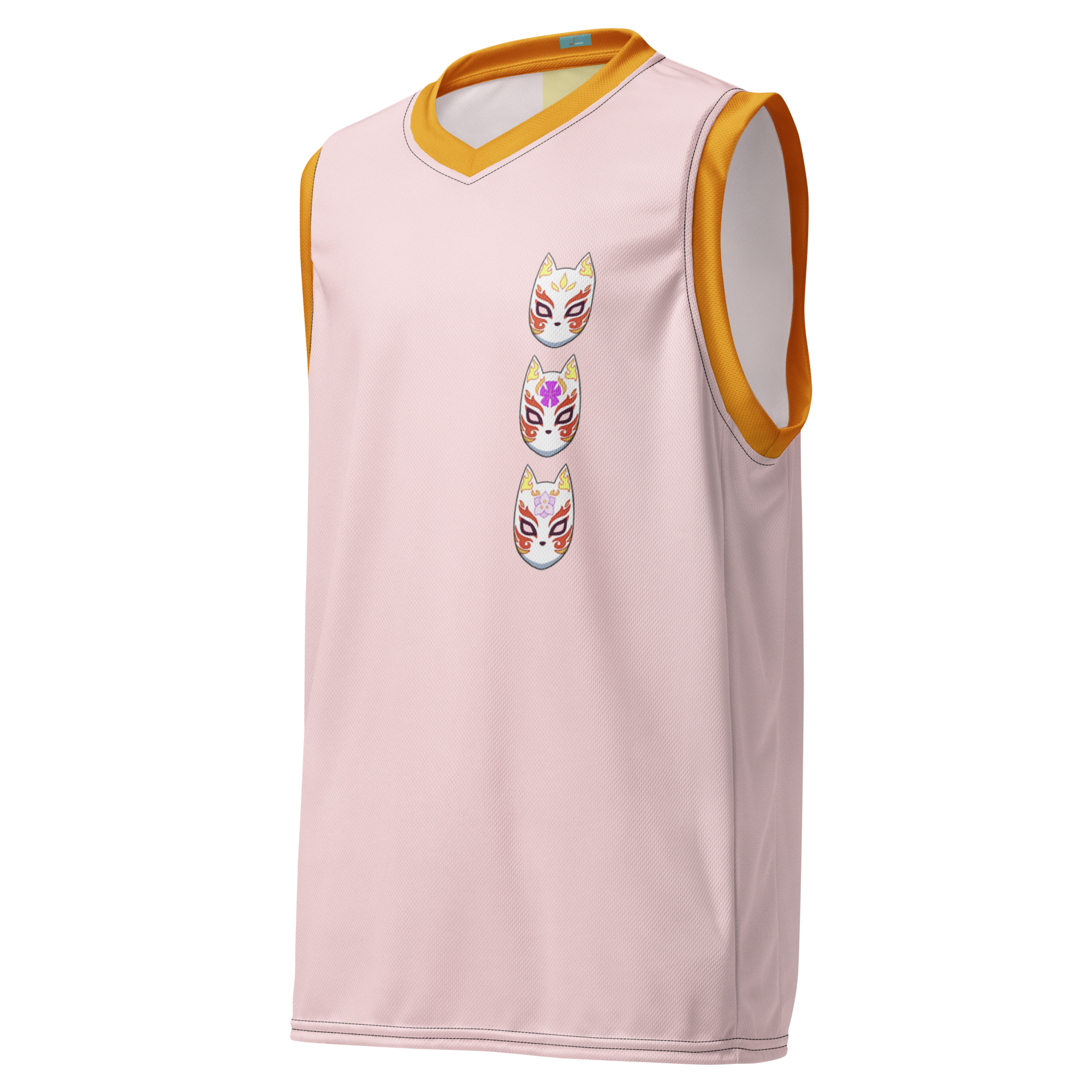




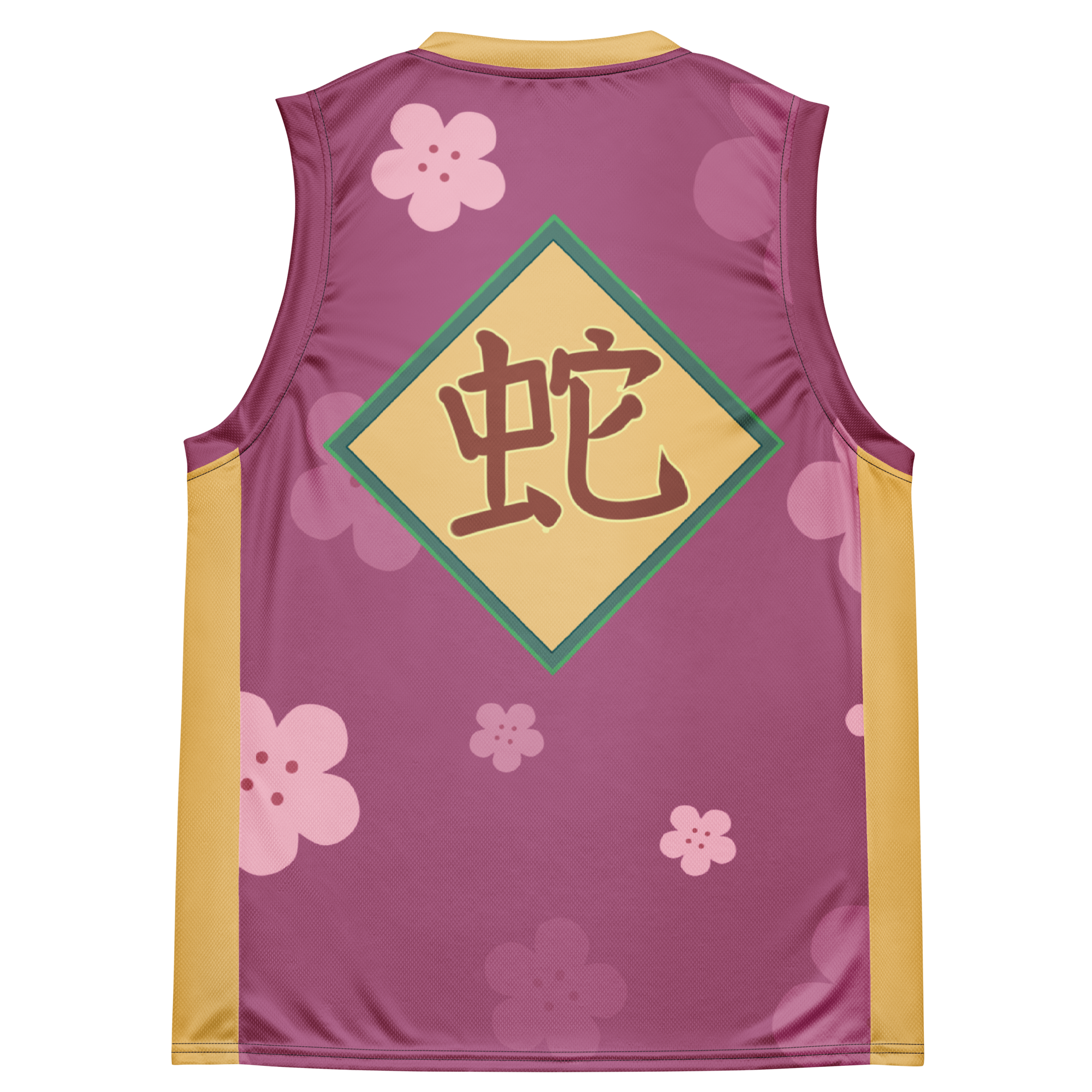
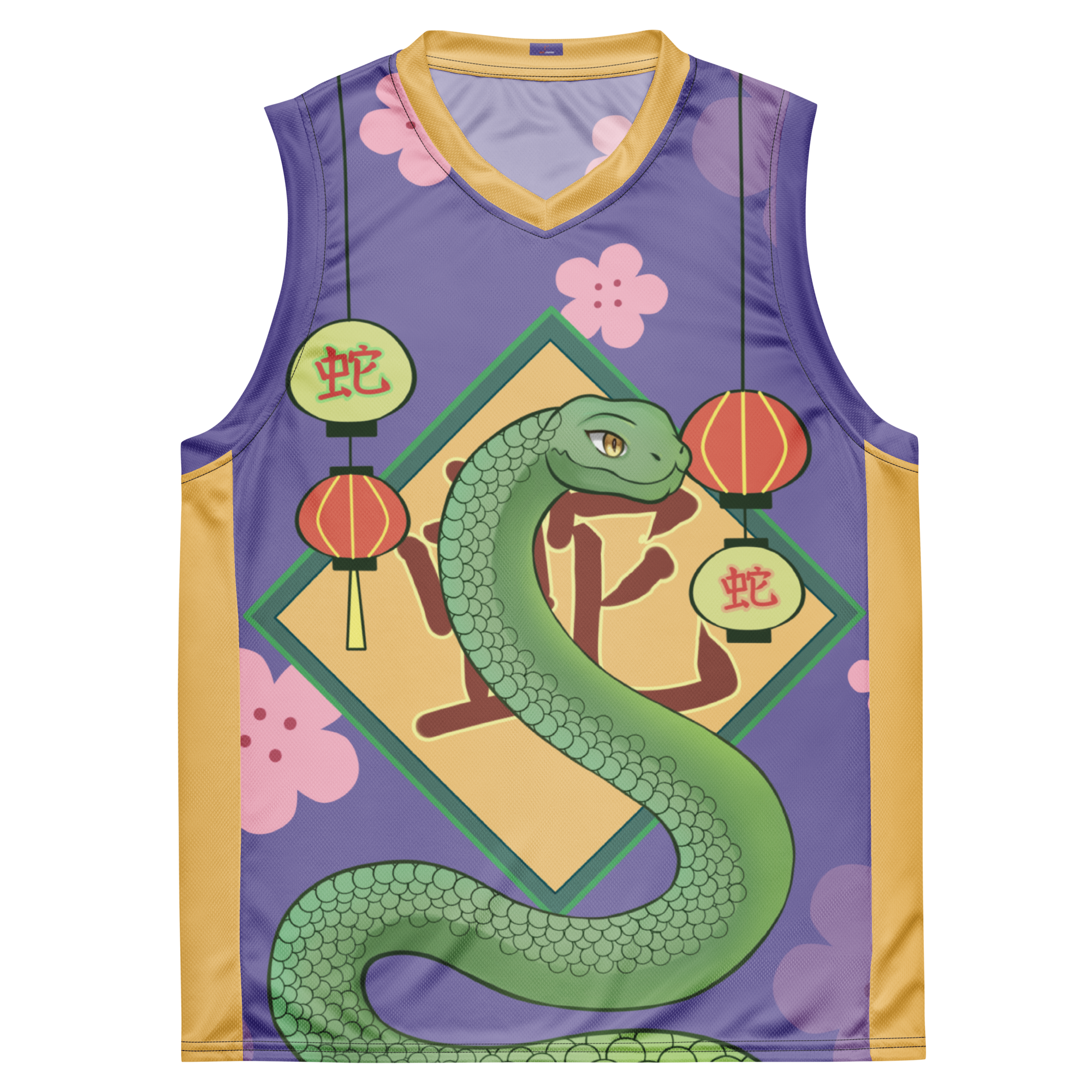
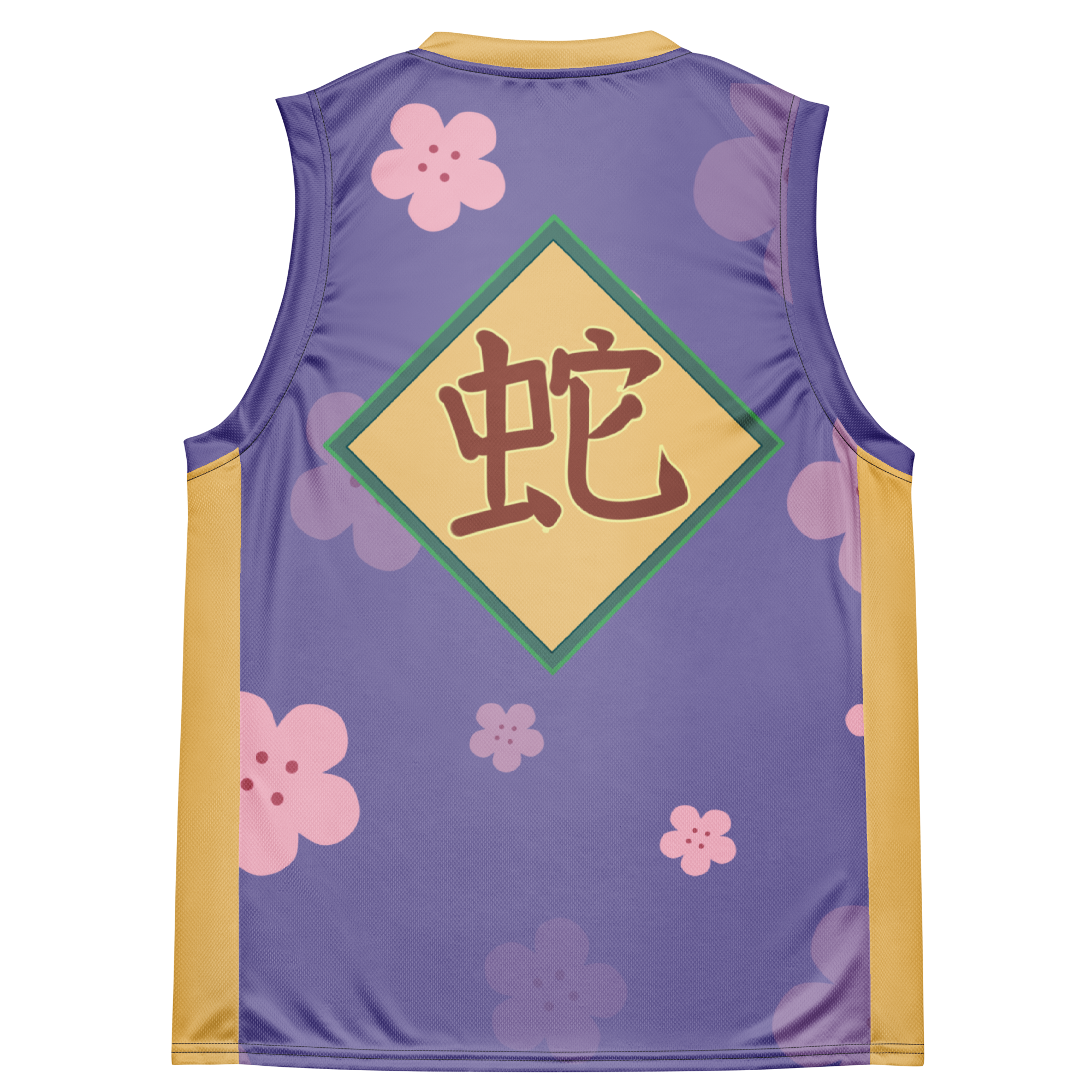

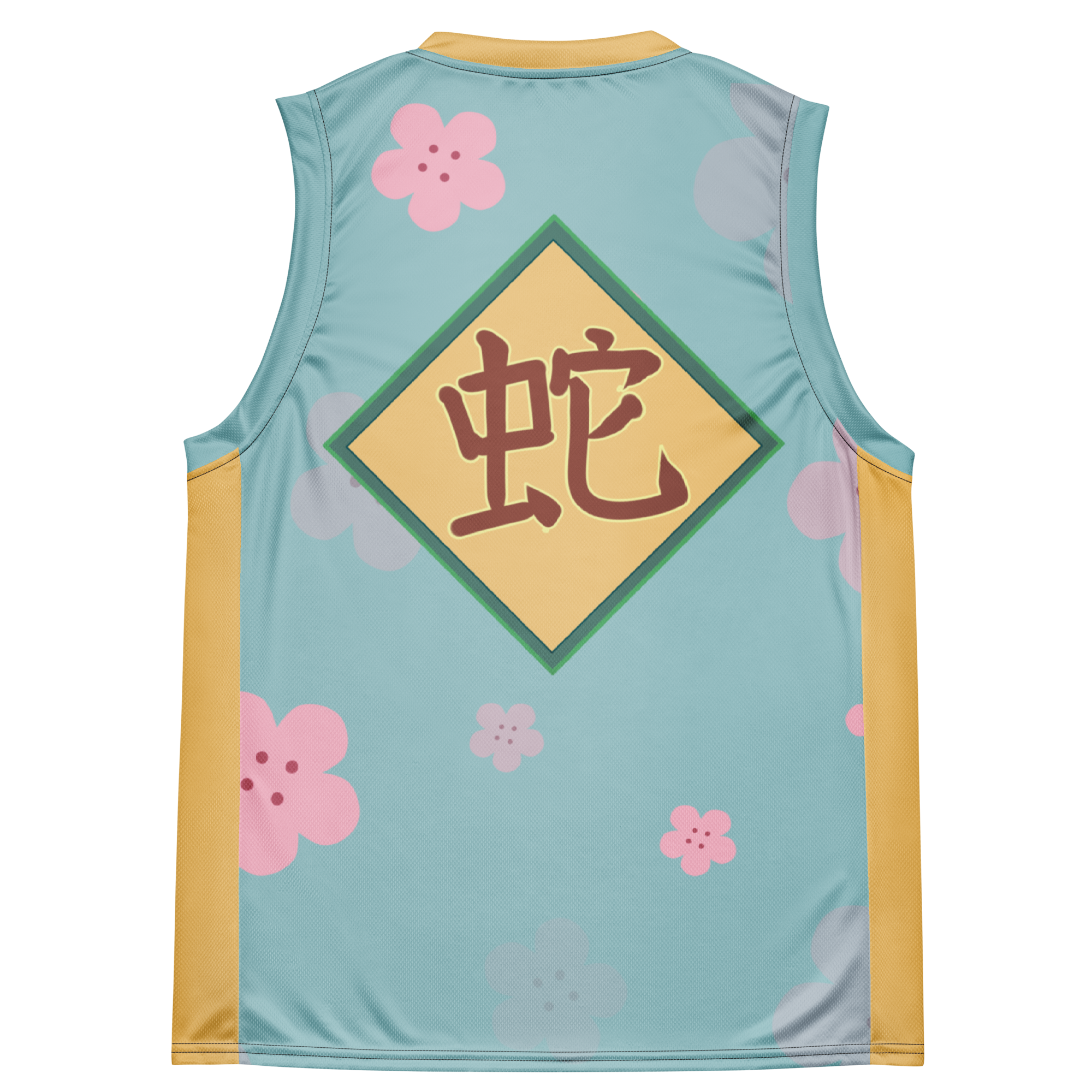














Dejar un comentario